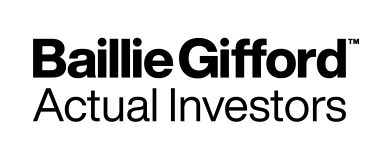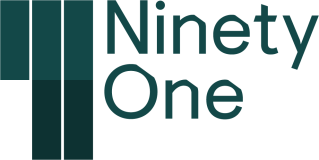It’s been a tough month for junk bonds - does this close off another avenue for fixed income investors?
- The S&P US High Yield Corporate Bond index is down 0.92% for November.
- US companies have issued $455bn of high yield bonds since the start of the year.
- The average fund in the USD High Yield Bond sector has performed better than the index, rising 1.1% over the month.
US junk bonds slid in November on fears that measures to curb the Omicron variant will push companies into bankruptcy. It comes after a year of record issuance and increasing popularity for high yield bonds, with investors increasingly viewing it as the one area of fixed income that remains appealing.
Admittedly, the falls for high yield bonds are not dramatic. The S&P US High Yield Corporate Bond index is down 0.92% for November. This is some way from the falls seen in March 2020. However, it is its worst showing since September last year and challenges the view that the credit outlook is necessarily benign.
High yield has been popular with investors and companies alike. According to S&P Global Market Intelligence’s LCD, US companies have issued $455bn of high yield bonds since the start of the year, beating the total for 2020 already. Companies such medical supplier Medline Industries and videogame maker Roblox have come to market this year, meeting apparently unlimited demand from investors.
The selling pressure for November was strongest for the lowest-rated companies. The Financial Times reports that the bonds of triple-C and lower-rated companies returned -1.4%. Leisure was the worst-hit sector in the debt market, but airline bonds also suffered.
Does this close off another avenue for fixed income investors already wrestling with where to put their cash in a climate of rising interest rates and inflation? Active managers would argue that they can navigate many of the sector’s vulnerabilities. Certainly, the average fund in the USD High Yield Bond sector has performed better than the index, rising 1.1% over the month.
Managers report that the quality of new issuance has been poor this year, with weaker legal protections for investors and many have been avoiding lower-rated credits for that reason. Active bond managers are, by and large, more careful on where they take risk.
The US high yield bond market has undoubtedly been subject to some exuberance as investors have sought alternatives to traditional fixed income in a rising interest rate, rising inflation world. This froth has left the sector vulnerable to shocks.
However, high yield bonds are likely to remain among the better choices in the fixed income market for today’s environment. The recent falls may bring some welcome reality to markets that may have got ahead of themselves. There should still be opportunities for active managers with the right risk assessment in place.









